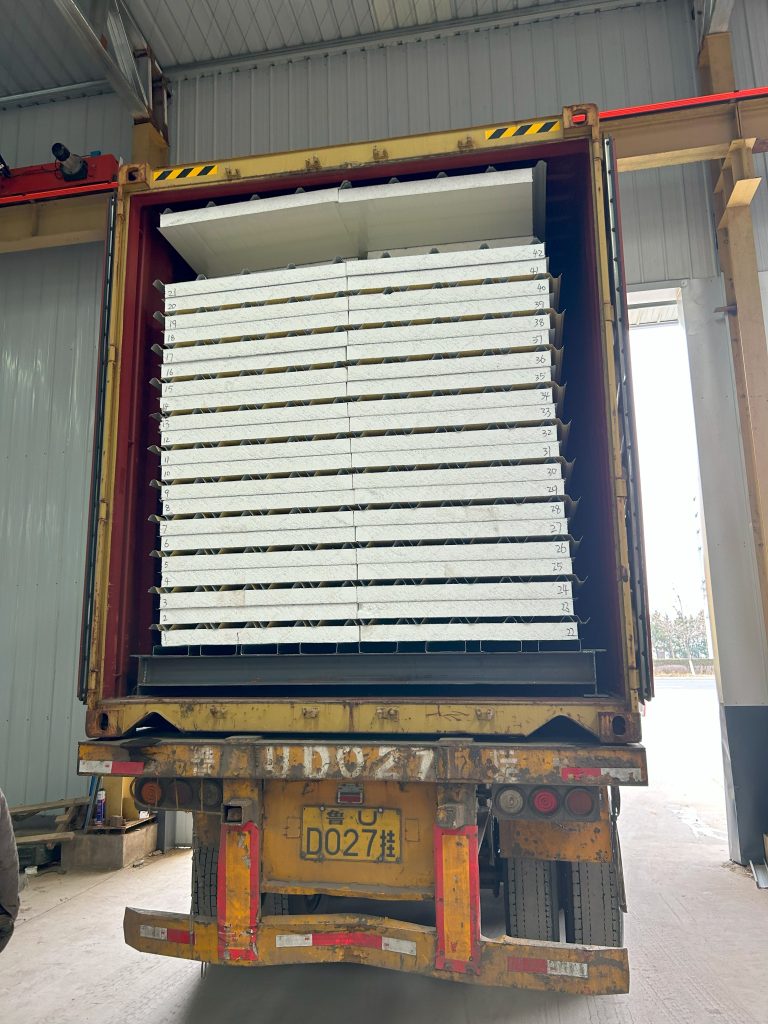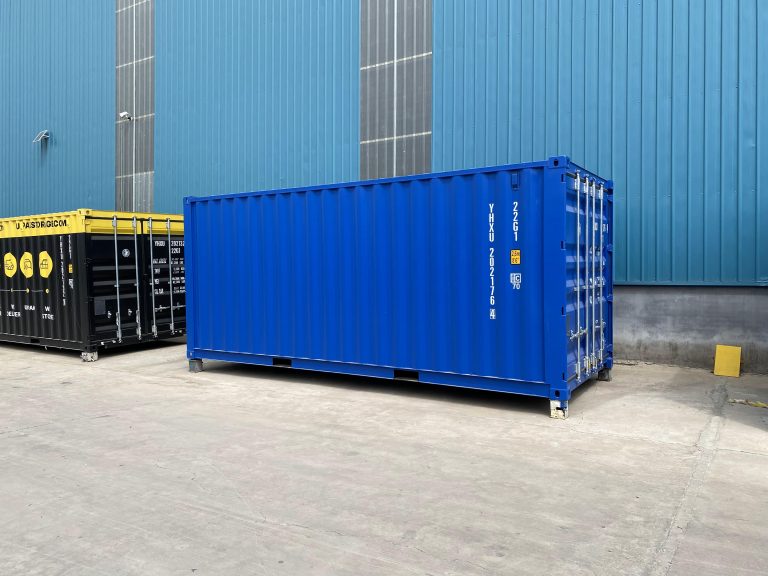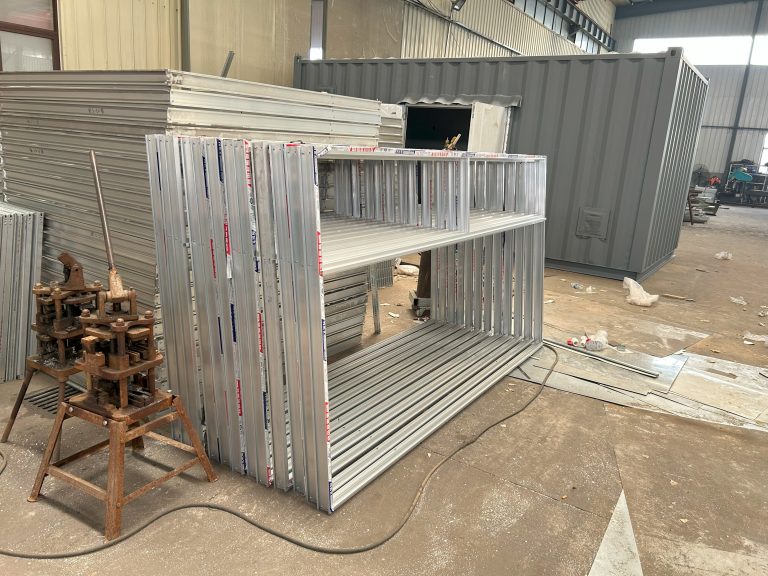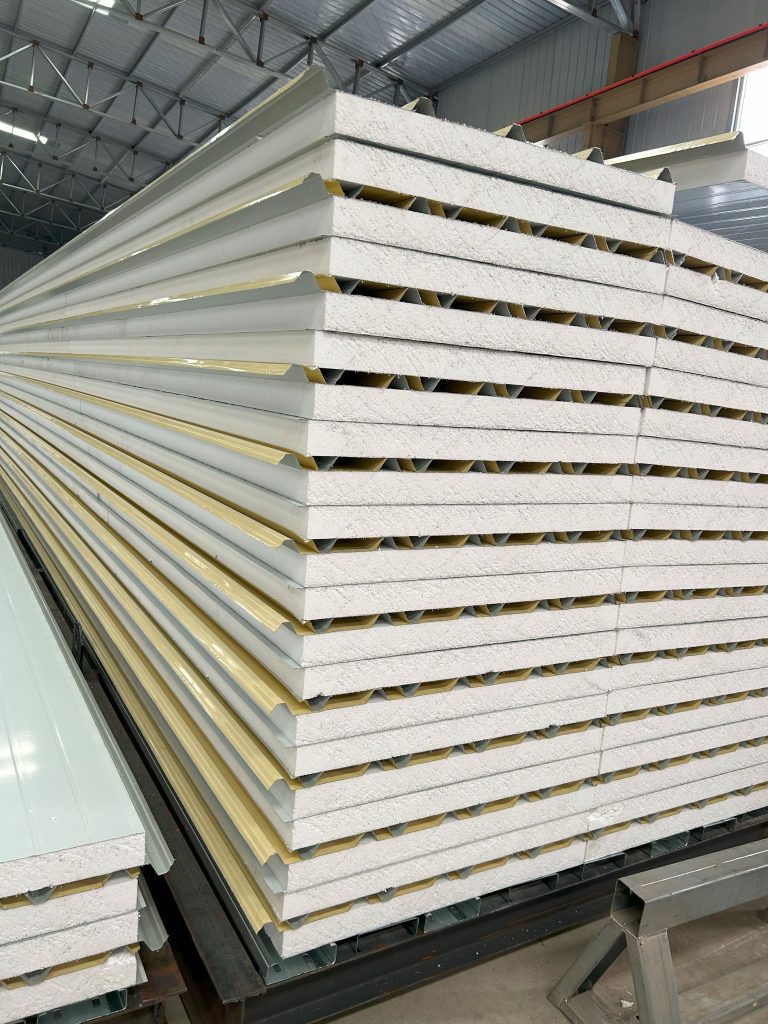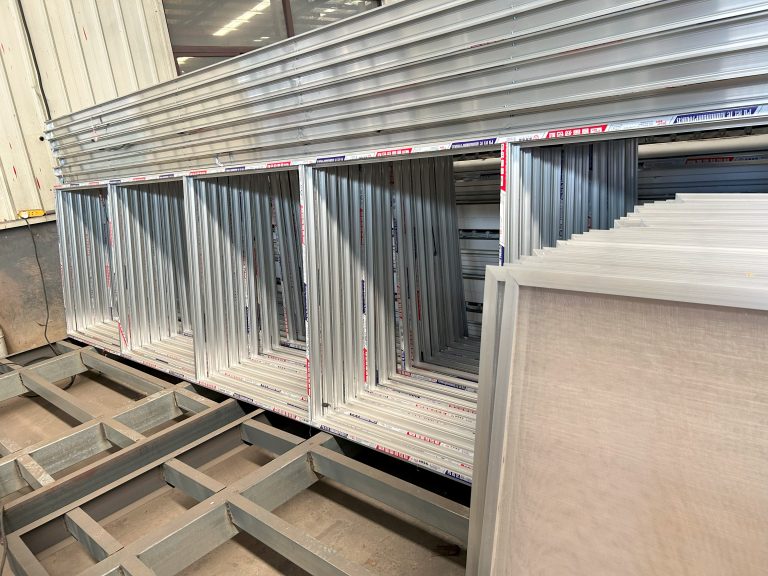Research on technological innovation of steel structure intelligent construction equipment
Table of Contents
Advancements in Robotic Welding Technology for Steel Structures
Technological innovation has been a driving force in the construction industry, particularly in the realm of steel structure intelligent construction equipment. One area that has seen significant advancements is robotic welding technology. This technology has revolutionized the way steel structures are fabricated, offering increased efficiency, precision, and safety in the construction process.
Robotic welding technology has been a game-changer in the steel construction industry, allowing for faster and more accurate welding of steel components. This technology utilizes robotic arms equipped with welding tools to perform intricate welds with a high degree of precision. The use of robots in welding eliminates the need for manual labor, reducing the risk of human error and improving overall productivity.
One of the key benefits of robotic welding technology is its ability to work in tight spaces and complex geometries that would be difficult for human welders to access. This allows for the fabrication of steel structures with intricate designs and shapes that were previously unattainable. Additionally, robotic welding technology can work continuously without the need for breaks, leading to faster project completion times and increased efficiency.
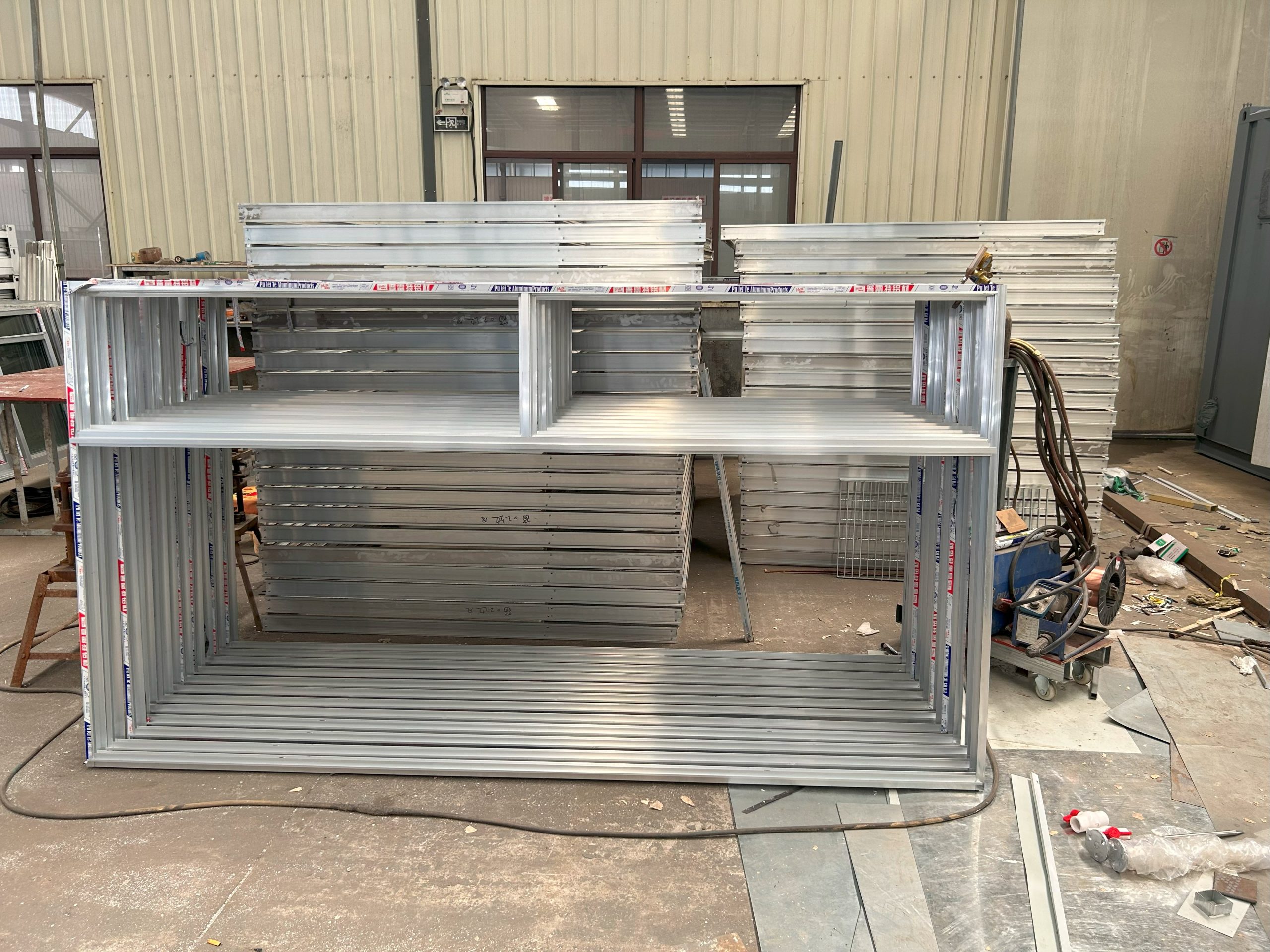
Another advantage of robotic welding technology is its ability to consistently produce high-quality welds. Robots are programmed to follow precise welding parameters, ensuring that each weld is uniform and meets industry standards. This level of consistency is crucial in the construction of steel structures, as it ensures the structural integrity and longevity of the finished product.
In recent years, research has focused on further enhancing the capabilities of robotic welding technology for steel structure construction. One area of research has been the development of advanced sensors and cameras that allow robots to detect and adapt to changes in the welding environment in real-time. This technology enables robots to adjust their welding parameters to account for variations in material thickness, joint fit-up, and other factors, resulting in more accurate and reliable welds.
Another area of research has been the integration of artificial intelligence (AI) and machine learning algorithms into robotic welding systems. These technologies enable robots to learn from past welding experiences and optimize their welding processes over time. By analyzing data from previous welds, robots can identify patterns and trends that lead to improved welding performance and efficiency.
Furthermore, researchers have been exploring the use of collaborative robots, or cobots, in steel structure construction. Unlike traditional industrial robots, cobots are designed to work alongside human workers, assisting them in tasks that require precision and strength. This collaborative approach to robotic welding technology has the potential to improve worker safety and efficiency on construction sites.
Overall, the research on technological innovation of steel structure intelligent construction equipment, particularly in the realm of robotic welding technology, has led to significant advancements in the construction industry. These advancements have improved the efficiency, precision, and safety of steel structure fabrication, ultimately leading to better quality and more sustainable construction practices. As research in this field continues to evolve, we can expect to see even more innovative solutions that further enhance the capabilities of robotic welding technology in steel structure construction.
Integration of Artificial Intelligence in Steel Structure Construction Equipment
Technological innovation has been a driving force in the construction industry, with a particular focus on steel structure intelligent construction equipment. The integration of artificial intelligence (AI) in this equipment has revolutionized the way buildings are constructed, making the process more efficient, cost-effective, and sustainable.
One of the key benefits of AI in steel structure construction equipment is its ability to optimize the construction process. By analyzing data and making real-time adjustments, AI can improve the accuracy and speed of construction, leading to faster project completion times and reduced costs. This is particularly important in the steel structure industry, where precision and efficiency are paramount.
Furthermore, AI can also enhance safety on construction sites by identifying potential hazards and alerting workers to potential risks. This proactive approach to safety can help prevent accidents and injuries, making construction sites safer for workers and reducing liability for construction companies.
In addition to optimizing construction processes and improving safety, AI can also help reduce waste and improve sustainability in steel structure construction. By analyzing data on material usage and energy consumption, AI can identify areas where resources are being wasted and suggest ways to minimize waste and reduce environmental impact. This not only benefits the environment but also helps construction companies save money on materials and energy costs.
Research on the technological innovation of steel structure intelligent construction equipment has shown promising results, with AI being integrated into a wide range of construction equipment, including cranes, bulldozers, and excavators. These AI-powered machines can perform tasks with greater precision and efficiency than their human counterparts, leading to higher quality construction and faster project completion times.
One of the key challenges in integrating AI into steel structure construction equipment is the need for specialized training and expertise. Construction workers and engineers must be trained to use AI-powered equipment effectively, which can be a time-consuming and costly process. However, the long-term benefits of AI in construction equipment far outweigh the initial investment in training and education.
Overall, the integration of AI in steel structure construction equipment represents a significant advancement in the construction industry. By optimizing construction processes, improving safety, and reducing waste, AI-powered equipment is helping construction companies build better, faster, and more sustainably. As research in this field continues to advance, we can expect to see even greater innovations in steel structure intelligent construction equipment in the future.

